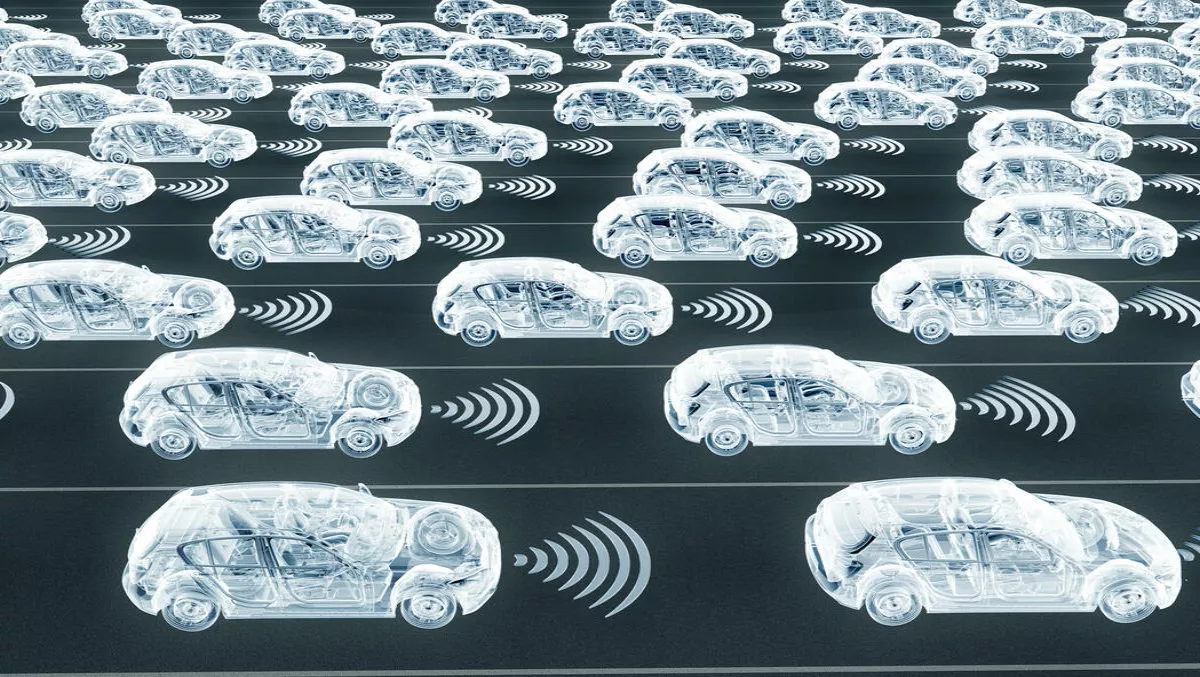
Exclusive interview: Machine learning vs deep learning - what's the difference?
From autonomous cars to airport security, deep learning is already part of our everyday lives, whether we are aware of it or not.
That's according to Steve Nunez, MapR's senior director of Field Technical Services for APAC.
Nunez explains the difference between deep learning and machine learning, the role these technologies play in our lives and how businesses can benefit from deep learning technologies.
What is the difference between machine learning and deep learning?Deep learning is one type of machine learning. Generally, machine learning uses mathematical techniques to train computers to solve various problems based on data about past occurrences.
Deep learning uses a technique called artificial neural networks. Inspired by the structure of biological neural networks, these networks are essentially mathematical functions with many parameters.
These are analogous to the neurons of the brain and can be trained to recognise patterns. As such, deep learning models are artificial neural networks, comprised of a large number of artificial neurons.
What benefits do deep learning technologies and processes bring to businesses?Deep learning is especially well-suited to recognition tasks, for example recognising faulty circuit boards, identifying an emotion on a face, or understanding that a car is on a collision course with something in the environment.
Any task that a human relies on vision to perform is a potential candidate for a deep learning application, which will probably perform it more accurately, faster, and without tiring.
Are there ways in which businesses and individuals are already engaged in deep learning on an everyday basis without necessarily being aware of it?Deep learning is currently used in a surprising number of ways: inspecting transportation infrastructure for cracks or maintenance needs, providing security by recognising faces of individuals at airports, and even 'reading' emotional sentiment of shoppers.
My favourite application is diagnostics in the health field where deep learning is used as an additional check of a doctor's diagnosis. We are not too far from the day when deep learning will read X-Ray scans better than human doctors.
What role does machine learning play in our personal, daily lives?Machine learning and artificial intelligence has been a part of our daily lives for a long time now. For example, American Express based the "Authoriser's Assistant" on expert system technology.
Released in 1988, this was one of the first large scale deployments of an intelligent application. Insurance companies typically use risk tables to understand how to price a premium. Now, with big data and advanced machine learning, this risk is tailored down almost to an individual level.
Amazon and Netflix also leverage machine learning to generate their tailored recommendations for books and films based on preferences and purchase history.
What role will deep and machine learning play in the future technology landscape?Machine learning techniques, once the skills gap is closed, will become as much a part of a developer's toolkit as a compiler or debugger. There won't be an application that does not have it. Businesses will compete on their analytic prowess and modelling capability.
Deep learning will be an important part of this because it allows computers to process visual information, the same type of information humans are best at.
Basically, any task that requires a human to process visual information is a potential application for deep learning.
Which industry has been the impacted the most by the emergence of deep learning technologies?One of the most valuable business applications of deep learning we have seen is the way in which computer vision systems are built into autonomous driving vehicles.
In autonomous cars, deep learning models perform a number of important tasks including identifying objects on video data collected by dashboard-mounted cameras.
This segmentation will help cars distinguish between different types of objects in view, including pedestrians, stationary objects, other vehicles on the road, the driving surface, and traffic signals.
What are intelligent applications?Intelligent applications are those that use any of the techniques typically associated with artificial intelligence.
This includes traditional A.I., expert systems or case-based reasoning, or the newer data driven techniques, like machine learning and deep learning.
The most effective applications are built with an ensemble of different techniques, often with a dose of human ingenuity thrown in (aka 'heuristics').
How is MapR helping businesses learn about and utilise deep learning?MapR is actively involved in helping companies use deep learning today and artificial intelligence.
The MapR Converged Data Platform is architected to support standard APIs, which means that all the deep learning frameworks including Tensorflow Caffe, mxnet, etc. already work on MapR without special integration.
MapR has helped customers in high-tech manufacturing, finance, medicine and logistics understand and process petabytes of information to extract real business value, using tools and techniques available on the MapR platform.

